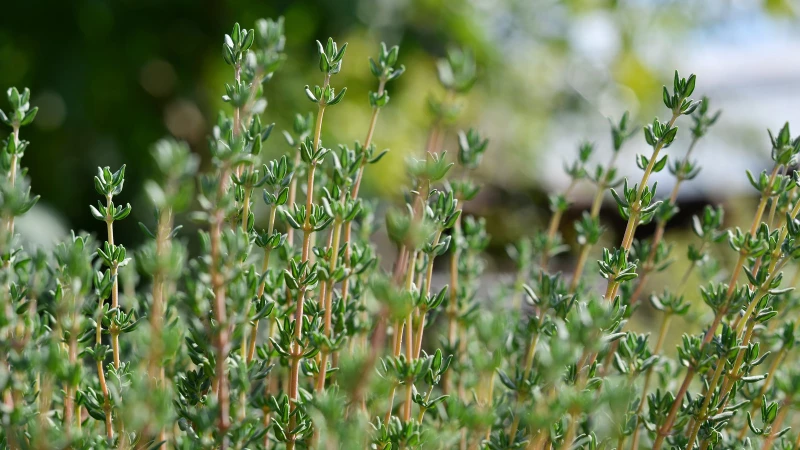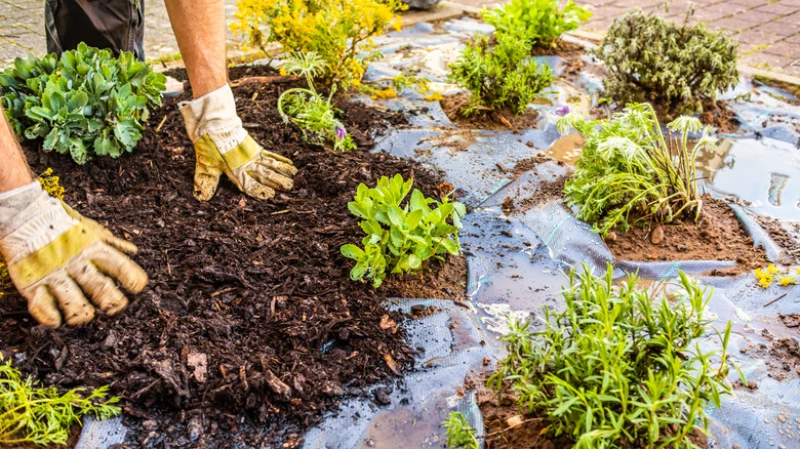Protecting Thyme Plants During Winter
Thyme (Thymus vulgaris) is an aromatic herb that can survive frigid temperatures if properly protected. Here are some tips for keeping your thyme plants healthy during winter:
- Insulate the soil with mulch to retain heat.
- Trim dead plant matter well in advance to allow for regrowth.
- Move potted thyme plants indoors for the season.
Winter's freezing temperatures, winds, dry air, and precipitation can all damage outdoor plants. Thyme, like many herbs, prefers warmer conditions, so heat retention is crucial during the winter months. By insulating the soil with mulch and trimming dead plant matter, you can help your thyme plants survive and regrow stronger before facing freezing temperatures and snow.
Protecting Thyme in Winter: Tips for Cold Weather Care
Thyme, a herb native to the Mediterranean, thrives in warm soil and moist air. While it is considered winter-hardy, extreme temperatures and winter weather can damage it. To ensure the survival of your thyme during intense freezing or snowing, it may be best to relocate it indoors. However, if you anticipate a typical winter, pruning and mulching can provide sufficient protection for your thyme.
Mulching the garden bed is the most effective way to keep the soil warm and shield delicate leaves from harsh winter winds. The process is simple once you select the appropriate type of mulch for your garden.
To insulate your thyme, spread a thin layer of mulch over the garden bed. The mulch should be thick enough to cover the soil, but it is recommended to keep it under 3 inches for optimal results. Excessive mulch can suffocate the roots by depriving them of fresh air. When applied correctly, mulch traps the heat necessary for the thyme's well-being and prevents frigid air from drying out the soil, ensuring that both the soil and the roots remain hydrated.
Prune Before the First Frost
Before the first frost arrives, it is advisable to prune your thyme. Trimming the plant helps remove any dead or damaged parts, promoting healthy growth in the upcoming season. Additionally, pruning can prevent the thyme from becoming overgrown and tangled, making it easier to manage.
When it's time to trim your thyme plants, remove any dead or dying leaves. Cut the stems where they appear to be the healthiest. You can either compost the dead plant material or let it fall onto the garden bed. The nutrients in the organic matter will seep into the soil and strengthen your thyme plants. Stronger plants are more likely to survive the winter. Additionally, pruning during the dormant season will result in a more abundant harvest in the spring.









